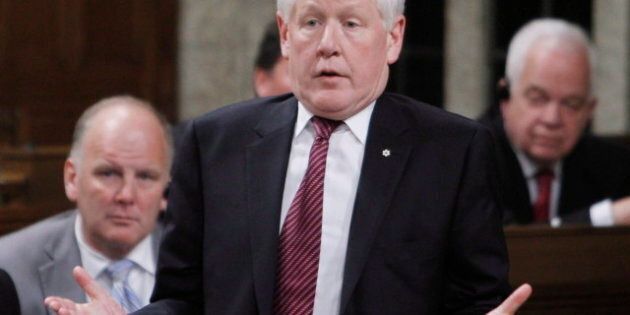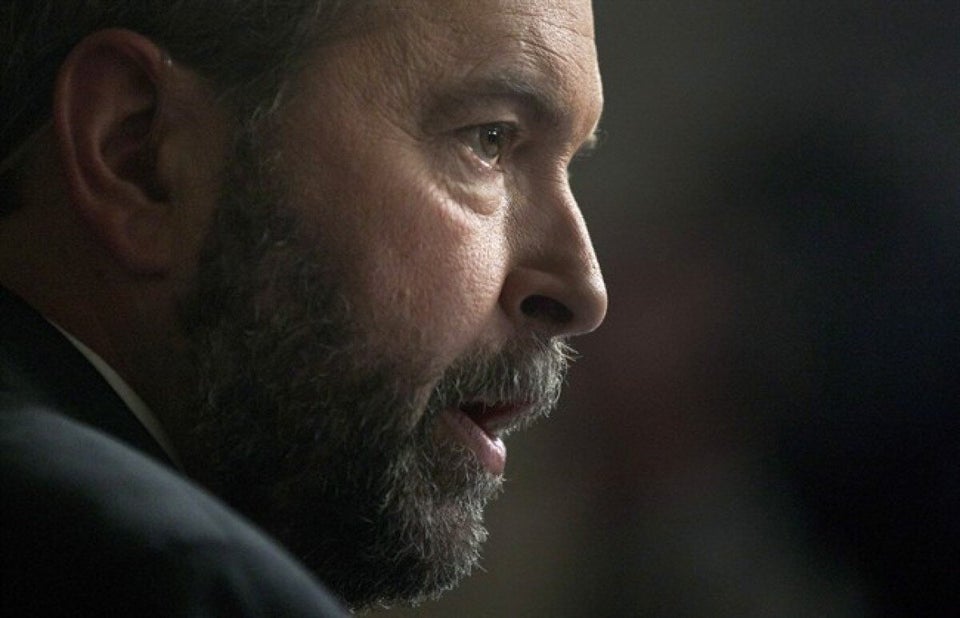
With Thomas Mulcair at the head of the NDP, it’s back to square one for the Liberal Party.
A succession of national polls since the NDP’s leadership convention have pegged support for the Liberals under interim leader Bob Rae at only 19 per cent, the same share of the vote the party took under Michael Ignatieff in 2011’s federal election.
Rae had managed to steal the spotlight from the floundering NDP when Nycole Turmel was running the show in Ottawa and some of its best MPs were busy trying to woo New Democrats in their bid for the top job. But now that Mulcair is Opposition leader, Rae has been relegated to the reality of his party’s third-place standing in the House of Commons.
Only 12 per cent of Canadians think Rae is the best option for prime minister, compared to 20 per cent for Mulcair and 25 per cent for Stephen Harper, according to a recent survey. The interim Liberal leader only outperforms Mulcair in Ontario, where he used to be premier, and Harper only in Quebec, where the Conservatives are struggling.
The Liberals are bleeding most in central and eastern Canada, with the party dropping to third place in Ontario and third or fourth place in Quebec. In Atlantic Canada, the Liberals are down about four points since the last election.
Rae is keeping the Liberals afloat in Ontario, where their support has slipped back to where they were in May 2011 (25 per cent) after scoring over 30 per cent during the NDP leadership campaign. Returning to their starting point in Canada’s largest province is a problem for the Grits, as they once again trail the NDP.
But Quebec has seen the most hemorrhaging of Liberal support. The Liberals were polling in the low-to-mid 20s in the province, and even placed first in one poll. Under Mulcair, a former cabinet minister in Quebec, the NDP has moved back to 40 per cent or so in the province, with much of that support coming from the Liberals. The Bloc Québécois has taken a hit as well, but the majority of the NDP’s gains seem to have come from federalist Quebecers who now identify the NDP under the leadership of the Outremont MP as the standard-bearer for their cause.
Things are slightly better out west for the Liberals. The party is polling somewhat higher than their 2011 election result in Alberta, the Prairies, and British Columbia. However, they are still well behind the Tories and the NDP and nowhere near averaging more than 16 per cent support.
If there is one silver lining for the Liberals in all of this, it is that their party has the most potential for growth. A Léger Marketing survey found that 20 per cent of Canadians identify themselves as on the right, 25 per cent on the left, and 26 per cent in the centre, where the Liberals are supposed to reside.
Expanding that further, we see that Mulcair has the potential to woo 41 per cent of the electorate (those who identify themselves as left-wing, centre-left, and centrist), while Harper tops out at 46 per cent (right-wing, centre-right, and centrist voters).
The middle is the best place to be for Bob Rae, as his party could be an option for 58 per cent of Canadians (the combination of centre-right, centrist, and centre-left voters). But with only a third of that support at this point in time, the Liberals have a long way to go.
Éric Grenier taps The Pulse of federal and regional politics for Huffington Post Canada readers on most Tuesdays and Fridays. Grenier is the author of ThreeHundredEight.com, covering Canadian politics, polls, and electoral projections.
Also on HuffPost
